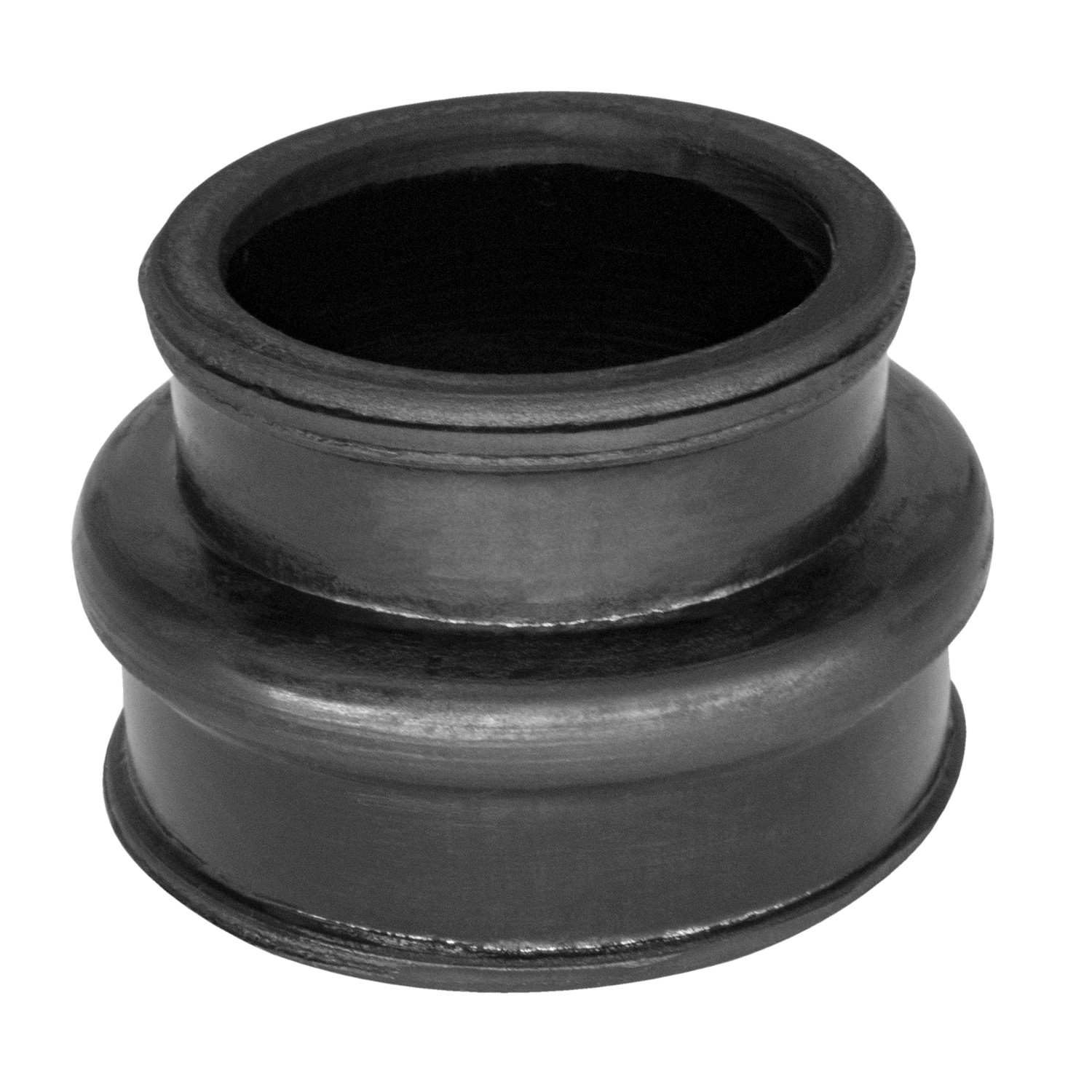The 1972 Volkswagen Karmann Ghia represents a unique blend of German engineering and Italian design. This iconic coupe, a collaboration between Volkswagen and Italian coachbuilder Karmann, offered a stylish and affordable sports car experience to enthusiasts. This article delves into the design, performance, historical significance, and collector’s value of the 1972 Karmann Ghia.
Design and Styling
The 1972 Karmann Ghia’s exterior is characterized by its elegant curves and low-slung profile. The long nose, rounded headlights, and sleek chrome bumpers contribute to its timeless appeal. While sharing mechanical underpinnings with the Volkswagen Beetle, the Karmann Ghia boasted a distinctly sporty aesthetic. The interior offered a simple yet functional cabin with vinyl upholstery and a focus on ergonomics. Available in a range of colors, from vibrant oranges to subdued blues, the Karmann Ghia allowed buyers to personalize their ride.
 1972 Volkswagen Karmann Ghia Intake Manifold Boots. Made of rubber. 1-3/8 I.D., 2 O.D-RP 300-B
1972 Volkswagen Karmann Ghia Intake Manifold Boots. Made of rubber. 1-3/8 I.D., 2 O.D-RP 300-B
Engine and Performance
Powered by a 1.6-liter air-cooled flat-four engine, the 1972 Karmann Ghia produced 60 horsepower. While not a performance powerhouse, the engine provided adequate power for cruising and everyday driving. Paired with a 4-speed manual transmission and rear-wheel drive, the Karmann Ghia offered a balanced driving experience. Its top speed reached around 90 mph, and while acceleration was leisurely by modern standards, the focus was on the enjoyable ride and distinctive engine sound. Fuel efficiency was a strong point, with the Karmann Ghia achieving between 25-30 mpg.
Historical Context and Significance
The Karmann Ghia occupied a unique niche in the automotive market. It demonstrated that style and affordability could coexist. The collaboration between Volkswagen and Karmann proved successful, resulting in a car that appealed to a broad audience. The Karmann Ghia’s influence can be seen in subsequent collaborations between automakers and design houses. Its lasting appeal solidified its place in automotive history.
Ownership and Maintenance
Owning a 1972 Karmann Ghia was generally a positive experience. Its reliability and straightforward maintenance, particularly for those familiar with air-cooled Volkswagen engines, made it a practical choice. However, rust could be a concern if not addressed properly. The Karmann Ghia was more often used as a daily driver or weekend cruiser than a sports car, reflecting its comfortable ride and ease of use.
Collectibility and Value
Today, the 1972 Volkswagen Karmann Ghia is a sought-after collectible. Values vary depending on condition, originality, and body style (coupe or the rarer convertible). Well-maintained examples can command prices ranging from $15,000 to over $40,000. The rarity of the convertible models makes them particularly desirable among collectors. The Karmann Ghia’s enduring style and historical significance contribute to its continuing appreciation in value.
Conclusion
The 1972 Volkswagen Karmann Ghia remains an icon of accessible style and enduring design. It offered a unique blend of practicality, affordability, and distinctive aesthetics. While not a high-performance machine, its charm lies in its unique character and driving experience. Its continuing popularity among collectors and enthusiasts ensures that the Karmann Ghia’s legacy will live on for generations to come. Its blend of German engineering and Italian design created a timeless classic that continues to capture the hearts of car enthusiasts worldwide.

